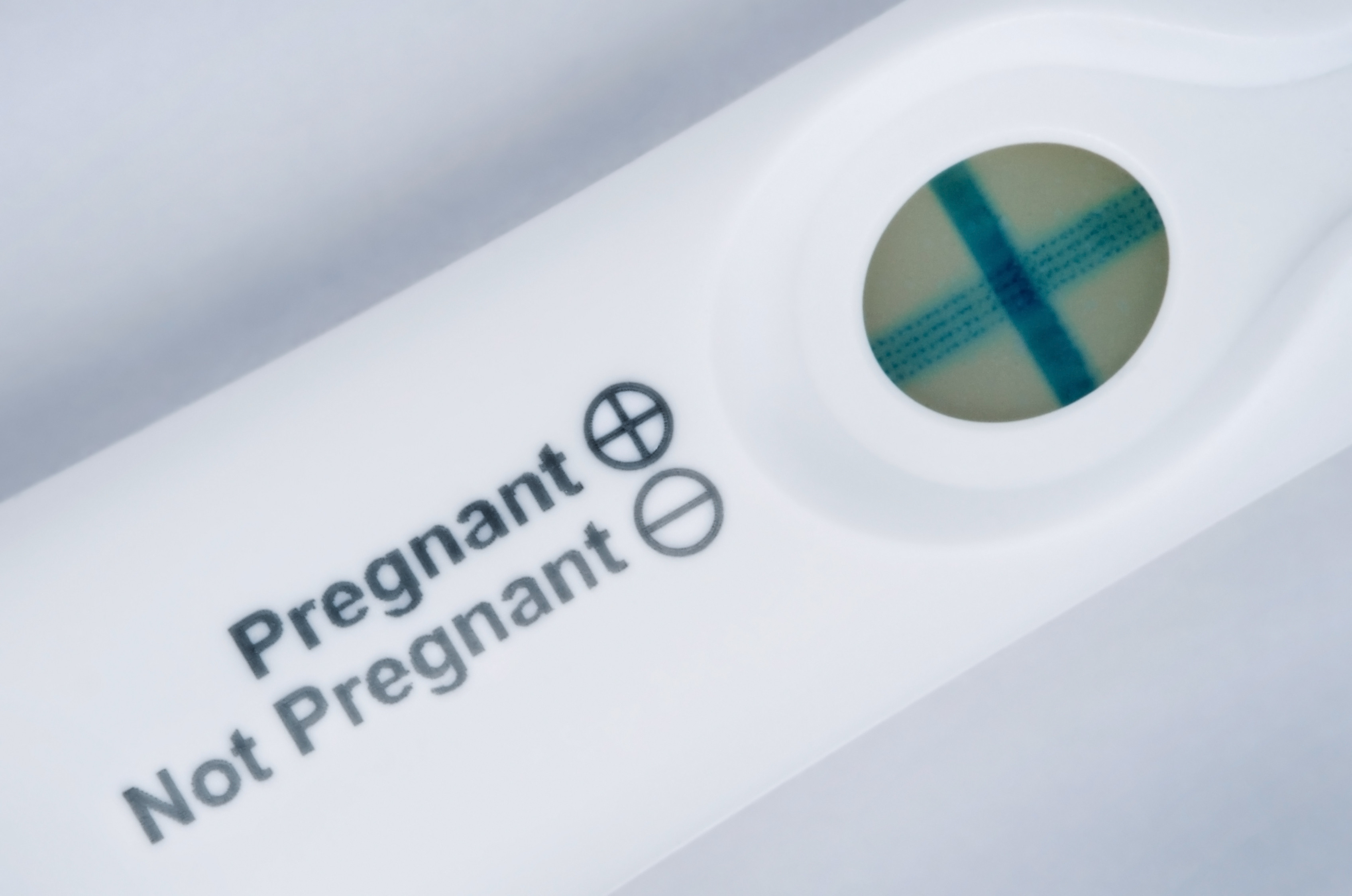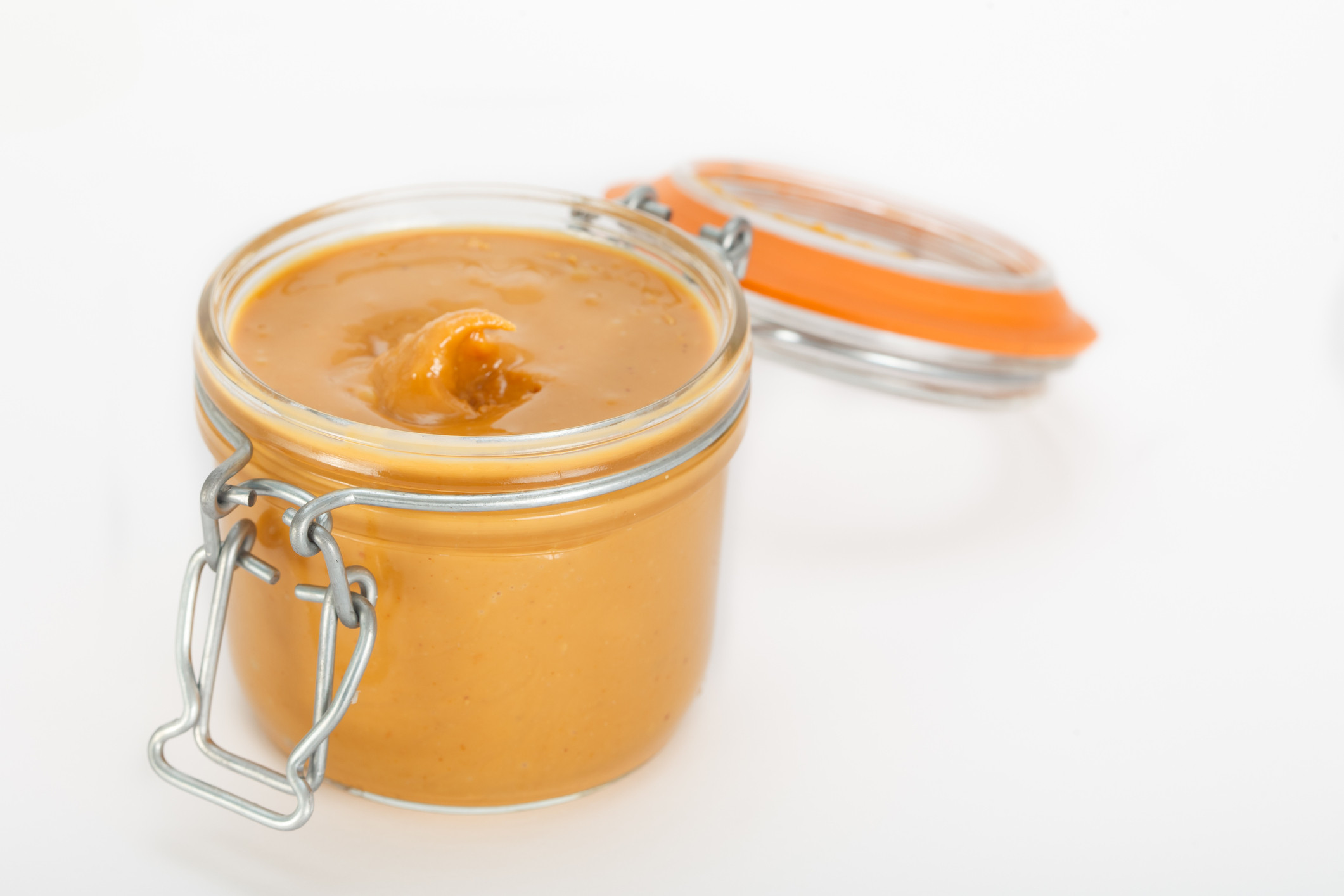
Can white noise really help you sleep better?

Celiac disease: Exploring four myths

What is prostatitis and how is it treated?

What is Cushing syndrome?

Exercises to relieve joint pain

Think your child has ADHD? What your pediatrician can do

Foam roller: Could you benefit from this massage tool?

Stepping up activity if winter slowed you down

Common causes of cloudy urine

Dragon fruit: How to enjoy this antioxidant-rich fruit
Child & Teen Health Archive
Articles
Emergencies and First Aid - Heimlich Maneuver on a Child
Heimlich Maneuver on a Child
| ||
Emergencies and First Aid - Heimlich Maneuver on an Infant
Heimlich Maneuver on an Infant
| ||||
Emergencies and First Aid - Bleeding
Bleeding
While a minor cut will eventually stop bleeding, a severe injury may require elevation and direct pressure on the wound. The goals of first-aid treatment are to control bleeding and prevent infection. If disposable surgical gloves are readily available, use them.
Direct Pressure for Bleeding and Pressure Points for Bleeding
Emergencies and First Aid - Birth of the Placenta
Birth of the Placenta
The placenta, which has provided the fetus with nourishment, is attached to the umbilical cord and is delivered about 20 minutes after the baby. Do not pull on the cord; delivery of the placenta occurs on its own. You can help by gently massaging the womans lower abdomen. The uterus will feel like a hard round mass.
Massaging the abdomen helps the uterus contract, which also helps stop bleeding. After the placenta is delivered, place it in a plastic bag to take with the woman and baby to the hospital. It is normal for more bleeding to occur after delivery of the placenta. Continue gently massaging the womans lower abdomen.
Emergencies and First Aid - Butterfly Bandage
Butterfly Bandage
| ||
Emergencies and First Aid - Direct Pressure to Stop Bleeding
Direct Pressure to Stop Bleeding
A wound that is deep, bleeding heavily, or has blood spurting from it (caused by bleeding from an artery), may not clot and may not stop bleeding.
Immediate care
Call out for someone to get help, or call 911 yourself. Elevate the wound and apply direct pressure.
Bad backs and backpacks
While going to and from school many kids these days look like they have the weight of the world on their shoulders. Although it might not be quite so heavy, some kids actually do carry around a lot of weight in their backpacks. These heavy loads place stress on the spine and shoulders of children, causing muscle strain and fatigue. For some kids the aches and pains are bad enough to seek medical attention. Too much weight can also lead to bad habits such as poor posture and excessive slouching.
Unfortunately, doing homework and being prepared in class means carrying books back and forth between school and home. You can help your child lighten the load by teaching him or her organizational skills. By using folders for individual subjects your child can bring home just the work he needs for the day as opposed to lugging everything home. At school, encourage your child to take frequent trips in between classes to his or her locker to replace books.
Why medical experts say that teens should be allowed to make the abortion decision without telling their parents
The belief that teens should have the right to an abortion without parental knowledge or consent is supported by a group of medical associations, and is based primarily on concerns about safety and the medical consequences of requiring that parents be informed.
Treating ear infections in children
If your child is rubbing his ear, should you run to the doctor's office to demand antibiotics? Probably not. Your child may simply have fluid in the ear and not the classic ear infection that parents and children dread.
Middle Ear Fluid (Otitis Media with Effusion)
Over 2 million American children experience fluid in the middle ear each year, often following a cold or an acute ear infection. The condition is also called a silent ear infection because many children have no symptoms. Some children, though, may rub their ear or experience mild pain, sleep disturbances, unexplained clumsiness, muffled hearing, or delays in language and speech development. The condition may be diagnosed during a routine well-child visit with the use of a pneumatic otoscope, which allows the doctor to see how easily the eardrum moves.
New guidelines for preventing peanut allergy in babies
New guidelines to prevent peanut allergies in children involve careful exposure to peanut products. Experts identify three levels of “allergy risk.” The safest approach to exposure depends on which category a baby is in. It is always important to discuss this with your doctor before introducing peanut products. Some babies may need allergy testing before trying this. No matter the strategy, parents need to remember that peanuts are a choking hazard for young children and many babies have trouble managing peanut butter, so it needs to be used carefully.

Can white noise really help you sleep better?

Celiac disease: Exploring four myths

What is prostatitis and how is it treated?

What is Cushing syndrome?

Exercises to relieve joint pain

Think your child has ADHD? What your pediatrician can do

Foam roller: Could you benefit from this massage tool?

Stepping up activity if winter slowed you down

Common causes of cloudy urine

Dragon fruit: How to enjoy this antioxidant-rich fruit
Free Healthbeat Signup
Get the latest in health news delivered to your inbox!
Sign Up








